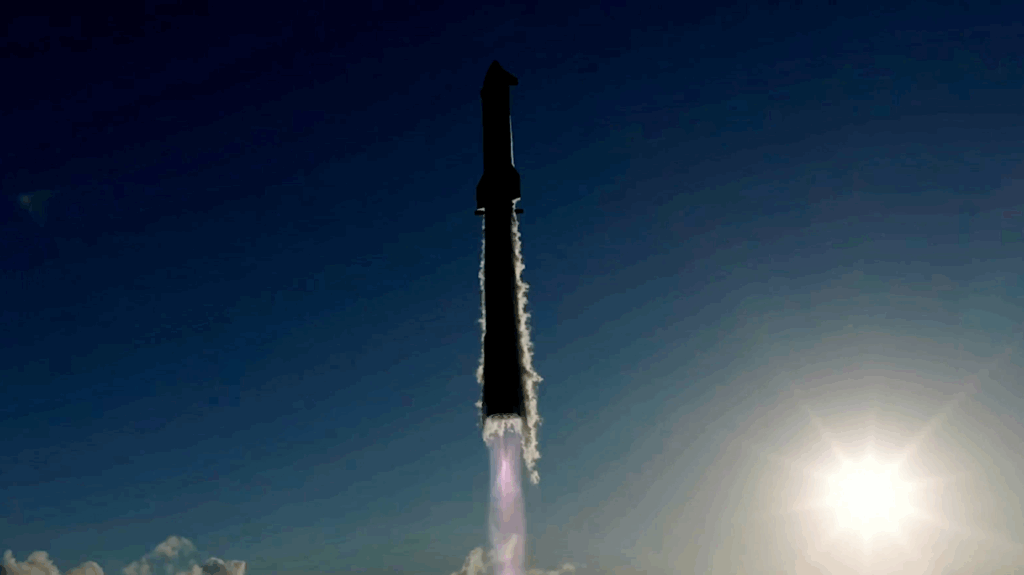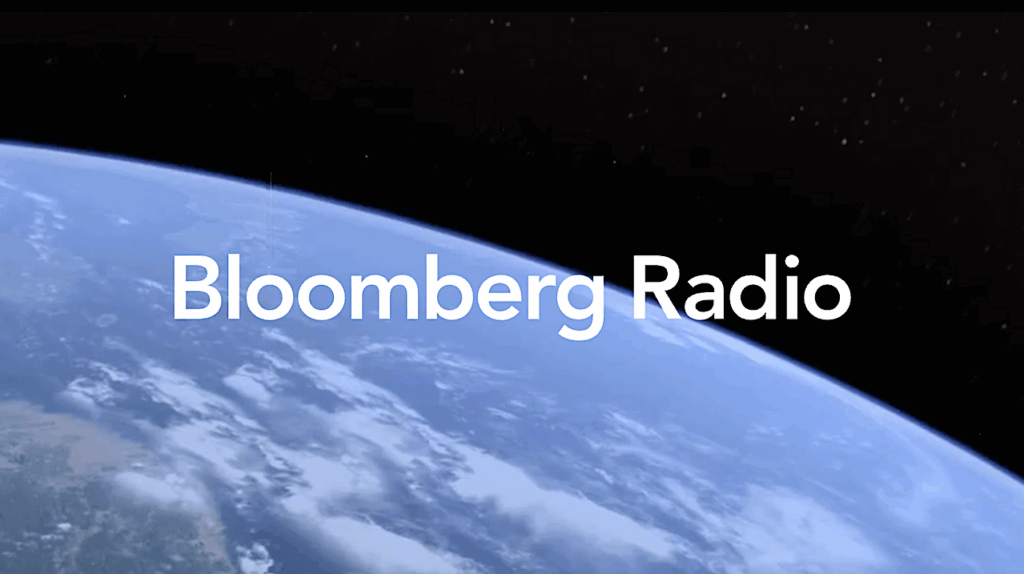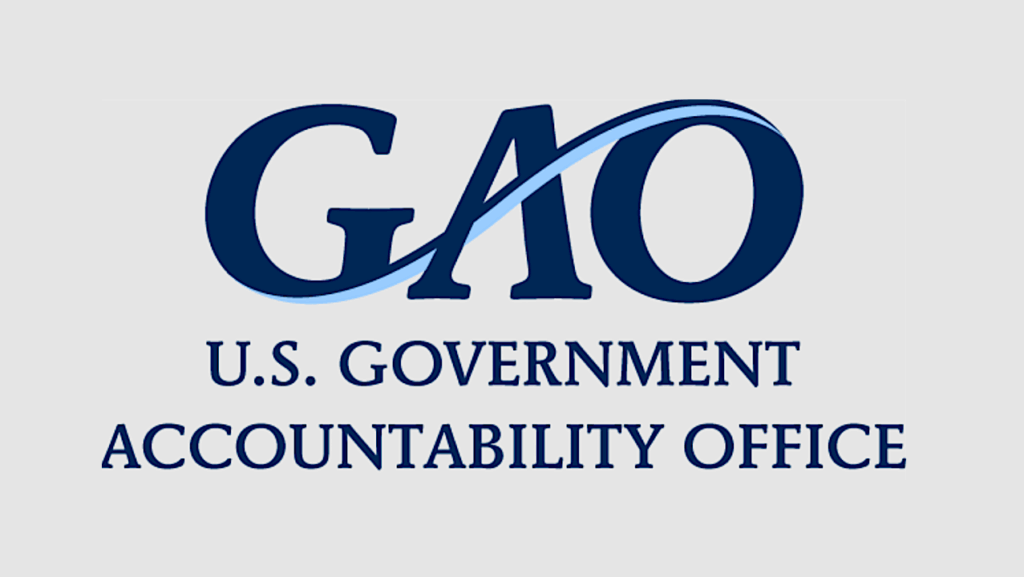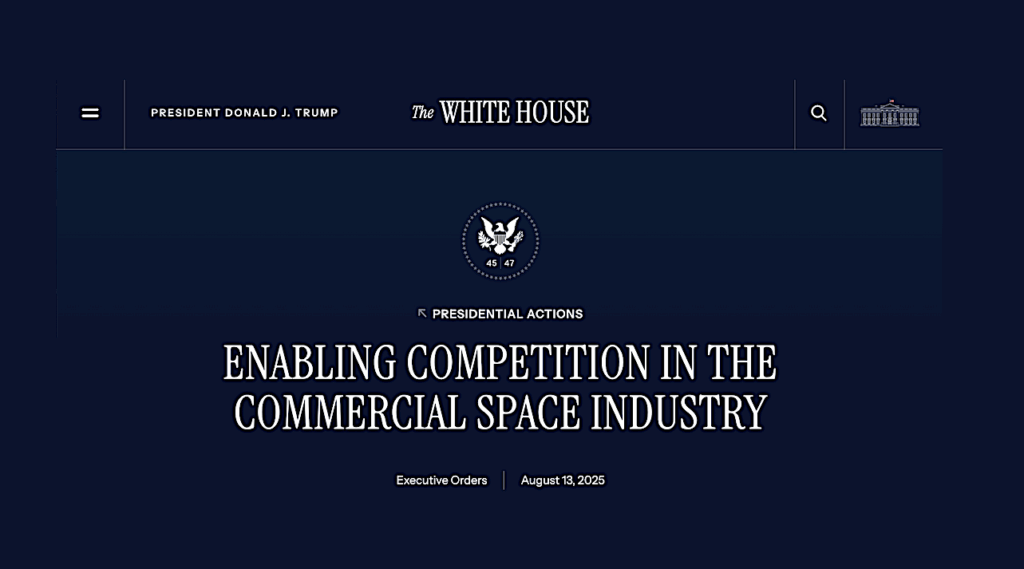FAA Grounds Virgin Galactic

 Keith’s note: This is the news Virgin Galactic wanted to focus on today:
Keith’s note: This is the news Virgin Galactic wanted to focus on today:
Virgin Galactic Announces First Commercial Research Mission
“Virgin Galactic Holdings, Inc. … today announced the manifest for the next rocket-powered test flight of SpaceShipTwo Unity from Spaceport America, which will be the first commercial, human-tended research mission for the Company. … The Company is targeting a flight window in late September or early October 2021, pending technical checks and weather.”
Instead, this is what they had to deal with today (in chronologial order):
The Red Warning Light on Richard Branson’s Space Flight, New Yorker
“On July 11th, nearly a minute into the rocket trip carrying Richard Branson … But it was veering off course, and the light was a warning to the pilots that their flight path was too shallow and the nose of the ship was insufficiently vertical. If they didn’t fix it, they risked a perilous emergency landing in the desert on their descent.”
Virgin Galactic Statements In Response to New Yorker Article
“Although the flight’s ultimate trajectory deviated from our initial plan, it was a controlled and intentional flight path that allowed Unity 22 to successfully reach space and land safely at our Spaceport in New Mexico. At no time were passengers and crew put in any danger as a result of this change in trajectory.”
FAA Statement halting Virgin Galactic SpaceShip Two Flights
“Virgin Galactic may not return the SpaceShip Two vehicle to flight until the GFAA approves the final mishap investigation report or determines the issues related to the mishap do not affect public safety.”
Virgin Galactic Statement In Response To FAA Halt to SpaceShip Two Flights
“At no time were passengers and crew put in any danger as a result of this change in trajectory, and at no time did the ship travel above any population centers or cause a hazard to the public. FAA representatives were present in our control room during the flight and in post-flight debriefs.”









I do believe it’s a manual vehicle.
The FAA will also want to know why it took so long for them to report the anomaly.
From what I’ve read, the safety culture at VG seems to be “wanting”. This (the absence of a strong safety culture”) is probably the first link in many accident chains.
It’s more than that, there is no autopilot. And no fly-by-wire. It even uses cables and rods for the control surfaces. Although it apparently does have electronic trim.
I believe the craft has a GPS slaved 2 axis autopilot for approach and landing. Both climbout and landing approach had issues. It is a scaled spacecraft from Rutan design Scaled Composites Model 339
all Scaled Composites aircraft have very light control inputs. I believe the spacecraft has three control systems depending on the flight profile.
I have not seen a picture of the cockpit panel.
I was assuming that the problems during approach were the result of the trajectory problem during powered ascent. In fact that is what the warning light was all about, telling the pilots that if they continue their current trajectory they will wind up later dropping into the atmosphere in the wrong place, and perhaps the wrong azimuth and that this will imperil the landing due to the finite amount of energy available to make corrections. But we really don’t know at this point until the details come out.
This has the potential to be a lengthy delay depending on how deep the FAA decides to look into things at VG.
Of course it’s an unacceptable answer on their part to say that they landed safely thus there was never a problem. However there is perhaps a bit of truth there, as there was probably some conservative margin in the glide-cone boundaries, the pilots probably knew that and knew that they had not gone that far out of bounds and could still safely land, so they continued with powered flight. However that’s the equivalent of an airline pilot knowing that their plane is slightly over the weight limit, but also knowing that the weight limits have margins so they go ahead and take off anyway. That’s not an excuse that will hold up in an FAA inquiry. And of course the FAA is also not happy about the resulting incursion of SpaceShipTwo into controlled airspace.
The reports/rumors are that this is a common attitude at Virgin Galactic. Somewhat surprising as they have certainly created a perception of safety by taking such a painstakingly long time to presumably test everything to perfection. If there is a safety culture problem at the company I’m wondering if maybe it is only on the operational side of the program not the engineering side. Either way I’m sure that’s what the FAA would like to find out, perhaps leading to several required changes in how VG operates.
It is worth taking a few minutes to read the full New Yorker article.
It details long standing safety concerns & practices over several years; aside from the the actual flight incident.
Also noteworthy, is the recent termination of Mark Stucky’s employment; 8 days after Branson’s flight.
Something in the article that is of course very compelling is when the author recounts sitting in on a meeting in 2015 when VG pilots including Mackay, Masucci, and Sturckow discussed this exact warning light, apparently agreeing that the illumination of the red warning light would have been a very serious concern. Masucci reportedly stating, “Red should scare the crap out of you”, with Sturckow being as worried about yellow because in his opinion “when it turns red it’s gonna be too late”. However notably the author does not indicate what Mackay’s opinion was, which would be significant because he was the pilot in command during the July flight.
However to put things in perspective this meeting took place six years ago, in between the fatal accident in 2014 and the resumption of powered test flights in 2018. At the time of the meeting SpaceShipTwo had only flown as high as 72,000 feet. Six years later the pilots would presumably have much more knowledge about their vehicle, as well as a better understanding of ballistic trajectories (Mackay and Masucci anyway, Sturckow of course previously flew the Shuttle). And it is certainly possible that the software parameters for the warning lights have been modified over the ensuing six years after test flights began reaching into space.
All we can do at this point is speculate about what the pilots thought, knew, and were told by the time of the July flight. Based on other things we are hearing it is certainly possible that the results of the FAA investigation will be unsettling. I’m just pointing out that the opinions of the pilots in 2015 may have some limits in what conclusions can be drawn related to the current events.
The black box would have recorded their conversation and thus the logic behind the decision to fly through the red light.
This may result in tighter flight parameters for winds…but the safety culture issue is a company fundamental and if it is found to have played a part then those corrective actions will be more difficult.
“there was probably some conservative margin in the glide-cone boundaries, the pilots probably knew that and knew that they had not gone that far out of bounds and could still safely land”
That, in itself is a major problem. A red alarm is supposed to mean someone needs to immediately take action to correct a problem. Responding to one should not be optional. If that’s not the case, it should have been a yellow not a red light which came on.
Exactly. That is what the FAA will be focusing on. Was this a rogue pilot, or is that the culture there? A lot of that will hinge on the co-pilot’s role, did he go along with the decision? Or did he have reservations but chose not to speak up due to seniority. That problem caused many airline accidents in the past, but has been largely dealt with through crew resource management training.
In fact nowadays a first officer on an airliner can call for a go around missed approach and the captain has to comply, although I think that may be an individual airline policy. I would guess that was not the case on the Virgin Galactic flight.
The boss was in the back, with a lot to prove. There was a launch delay due to weather. Wonder if winds aloft were ultimately not adequately considered?
and since the “flight path was too shallow and the nose of the ship was insufficiently vertical”, how high did Unity 22 really get?
“The boss was in the back, with a lot to prove.”“
Very possible, as well as their awareness that there would be a large audience watching the live broadcast. However it would be nearly impossible to prove that this was an influence unless the pilots admitted to it, which seems unlikely.
I’m not sure that would work. My understanding is that all the controls on SpaceShipTwo are purely mechanical. As in all hydraulics and mechanical linkage. They may not be able to put any sort of autopilot in without basically redesigning the vehicle.
It was the pilots, since SpaceShipTwo does not have an autopilot.
Scaled Composites has been out of the picture for several years now. They built SpaceShipOne which won the Ansari X prize in 2004. SpaceShipTwo was built by a joint venture company named The Spaceship Company that was formed by Richard Branson and Burt Rutan in 2005, with Virgin Group owning 70% and Scaled Composites owning 30%. The new company acquired the rights to the SpaceShipOne technology, which was used to develop SpaceShipTwo.
Of course Burt Rutan was quite involved in the new company and did the design for SpaceShipTwo, and I would assume that many Scaled Composites employees moved to the new company. However Burt Rutan retired in 2010, and Virgin Galactic bought out Scaled Composite’s 30% ownership in 2012, making them the sole owner of the The Spaceship Company.
Certainly there is plenty of Scaled Composites legacy in SpaceShipTwo, but it has been solely a Richard Branson project for the past decade.
I thought Northrup/Grumman bought Scaled Composites.
Yes in 2007 while Burt Rutan was still there. Interestingly almost immediately after founding the company in 1982 Rutan sold it off, and he did so two more times over the next several years, buying it back only temporarily in between sales to Beech Aircraft, Wyman-Gordon, and current owner Northrop Grumman.
However all of these sales, as well as the formation of The Spaceship Company seem to have been more or less just paper shuffling having to do with financing, they apparently changed little if anything in terms of operations or Rutan’s involvement in the company. On the other hand the retirement of Rutan in 2011 would surely have had a significant impact on both Scaled Composites and The Spaceship Company, especially as the years have gone by since his departure.
It could be a bad indicator, a bad threshold or bad pilot response. That isn’t clear. The point is that a red alarm requires taking immediate, corrective action. The pilot is supposed to do that even if he suspects the indicator is wrong. That’s what red alarms mean.
It could be, but my understanding is that they WERE off course. It wasn’t a faulty light or warning system.
Also, there are three separate issues here. Flying on the edge of the glide cone is one thing and on a test flight that might not be such a big deal. Flying outside of their restricted airspace with a solid-fuel aircraft is bigger and is probably going to cause them some grief with the FAA. These reports of safety culture problems though are way bigger and can cost them the company.
If a company with the lobbying power and deep history and pockets of Boeing fears the FAA, then little Virgin Galactic with their fatal accident history needs to take an existential view of safety culture things.
That 2014 incident was a pilot error when the co-pilot flipped a switch prematurely.
Now you’re suggesting the pilots weren’t even flying the vehicle, but were away from the cockpit and “playing with the owner”? Really? And during the powered ascent phase, when the passengers were all in their seats and belted in?
Yeah, I’m not sure that is even possible during powered flight in that particular aircraft.
The original article in the New Yorker, which cited multiple sources within Virgin Galactic, was about whether or not the pilots should have aborted the mission by shutting down the rocket when the red light came on. Therefore, the light came on before the rocket would normally have shut down. That seems sort of self-evident.
As for who cares, well, clearly the FAA does. And since they’ve grounded SpaceShipTwo, presumably Virgin Galactic also cares. The FAA is responsible for aviation safety and air traffic control. It’s their job to care about things like an experimental vehicle flying outside of its authorized air space.